

Articles
How To Store Vacuum Attachments
Modified: February 26, 2024
Learn the best storage techniques for your vacuum attachments with our informative articles. Keep your attachments organized and easy to access!
(Many of the links in this article redirect to a specific reviewed product. Your purchase of these products through affiliate links helps to generate commission for Storables.com, at no extra cost. Learn more)
Introduction
Properly storing your vacuum attachments is crucial to maintaining their longevity and effectiveness. Vacuum attachments, such as brushes, nozzles, and extension wands, can easily become misplaced or damaged if not stored correctly. In this article, we will explore the importance of proper storage for vacuum attachments and provide you with practical tips on how to store them effectively.
With the right storage techniques, you can ensure that your vacuum attachments are easily accessible, well-organized, and protected from dust, moisture, and other potential hazards. Not only will this save you time and frustration when you need to use them, but it will also extend the lifespan of your attachments, ultimately saving you money in the long run.
So, whether you’re an avid cleaner or just a homeowner looking to keep your vacuum accessories in top shape, read on to discover some helpful tips and tricks for storing your vacuum attachments.
Key Takeaways:
- Properly storing vacuum attachments is crucial for maintaining their longevity and effectiveness, saving time and frustration during cleaning routines, and ultimately extending the lifespan of the attachments.
- By organizing, cleaning, and maintaining vacuum attachments, you can ensure they are easily accessible, well-protected, and ready to tackle any cleaning task, ultimately improving the efficiency and effectiveness of your cleaning routine.
Read more: How To Store Shark Vacuum Attachments
Importance of Proper Storage
Proper storage of vacuum attachments is essential for several reasons. Firstly, it helps to prevent damage and prolong the lifespan of your attachments. Vacuum attachments are often made of delicate materials such as soft bristles, plastic, or metal. When not stored properly, these attachments can get bent, dented, or scratched, rendering them less effective or unusable.
Furthermore, storing your vacuum attachments in the right way ensures that they are easily accessible when you need them. Nothing is more frustrating than searching for a specific attachment in a cluttered storage space. By organizing and storing your attachments properly, you can save valuable time and effort during your cleaning routines.
Proper storage also helps to maintain the cleanliness of your attachments. Vacuum cleaners are used to collect dirt, dust, and debris from various surfaces, and this debris can accumulate on the attachments themselves. By storing them in a clean and protected environment, you reduce the risk of reintroducing dirt and dust into your home when using the attachments.
Lastly, storing your vacuum attachments correctly ensures that they are safely stored away, out of reach of children or pets who may accidentally misuse or damage them. By designating a specific storage area for your attachments, you can minimize the chances of accidents or injuries.
Overall, proper storage of your vacuum attachments is vital for maintaining their functionality, accessibility, cleanliness, and safety. With that in mind, let’s explore some practical tips on how to store your vacuum attachments effectively.
Gather and Organize Attachments
The first step in storing your vacuum attachments is to gather them all in one place. Check all the nooks and crannies of your home where attachments may have been misplaced or forgotten. Make sure you have collected all the necessary attachments, including brushes, crevice tools, upholstery tools, and extension wands.
Once you have gathered all the attachments, it’s time to organize them. Start by inspecting each attachment for any damage or wear and tear. Discard any attachments that are no longer functional or beyond repair. Sorting out damaged attachments not only declutters your storage space but also ensures that you have a reliable set of accessories ready for use.
Next, categorize your attachments based on their purpose or type. This can be done by separating them into different piles or using designated storage containers for each category. For example, you can group all brush attachments together in one container and keep the crevice tools in another. This makes it easier to locate the specific attachment you need without rummaging through a jumbled collection.
Consider investing in storage solutions that are specifically designed for vacuum attachments. These can include storage bags, cases, or caddies that have compartments or pockets to keep each attachment separate and organized. Some storage solutions even have labels or color-coded sections to further enhance organization and ease of use.
Remember to take into account the size of your attachments when choosing a storage solution. Some attachments may be bulky or have long handles, so ensure that the storage container or bag you choose can accommodate their dimensions comfortably.
By gathering and organizing your vacuum attachments, you not only create a neat and tidy storage system but also make it easier to locate and use the attachments when needed. This step sets the foundation for proper storage and ensures that your accessories are well-maintained and easily accessible.
Clean Attachments Before Storing
Prior to storing your vacuum attachments, it’s crucial to give them a thorough cleaning. This step not only ensures that your attachments are in top condition but also prevents any dirt, debris, or allergens from accumulating and potentially impacting the performance of your vacuum cleaner.
Start by examining each attachment for any visible dirt, dust, or hair. Use a soft brush or cloth to gently remove any loose debris from the bristles, nozzles, or crevices of the attachments. You can also use a small handheld vacuum or a can of compressed air to blow away any stubborn particles.
If your attachments are washable, such as those made of plastic or rubber, it’s a good idea to give them a thorough cleaning with warm water and mild detergent. Follow the manufacturer’s instructions for cleaning, or use a gentle scrub brush or sponge to remove any embedded dirt or grime. Rinse the attachments thoroughly and allow them to air dry completely before storing.
For attachments with fabric components, such as upholstery brushes, it’s important to check if they are machine washable or need to be spot cleaned. If machine washable, follow the instructions on the label and launder them accordingly. If spot cleaning is required, use a damp cloth with a mild detergent or upholstery cleaner to gently clean the fabric parts.
Ensure that all attachments are completely dry before storing them to prevent mold or mildew growth. Moisture can lead to unpleasant odors and damage the materials of the attachments. Allow sufficient time for the attachments to air dry naturally, or use a clean, dry cloth to pat them dry.
By cleaning your vacuum attachments before storing them, you ensure that they are free from dirt and debris, thereby preserving their performance and preventing any potential issues when using them in the future. Clean attachments also contribute to a hygienic home environment and improve the overall efficiency of your vacuum cleaner.
Choose a Suitable Storage Container
When it comes to storing your vacuum attachments, selecting the right storage container is essential. The container should provide protection against dust, moisture, and physical damage while keeping your attachments organized and easily accessible.
Start by considering the size and quantity of your attachments. If you have a large collection of attachments, you may need a spacious storage container with multiple compartments or shelves. On the other hand, if you have a few attachments, a smaller container or storage bag may suffice.
Opt for a storage container that is made of durable material such as plastic, metal, or fabric. These materials are sturdy and long-lasting, providing protection for your attachments over an extended period. Ensure that the container has a secure lid or closure mechanism to prevent dust or moisture from entering.
If you prefer a more portable option, a storage bag or caddy with handles can be a convenient choice. These allow you to easily transport your attachments from room to room or even take them with you on the go. Look for bags or caddies with multiple pockets or compartments to keep attachments separate and prevent them from rubbing against each other.
For those who prefer a more stationary storage solution, consider using storage bins or drawers. These can be placed in a closet, cabinet, or designated storage area for easy access. Look for bins or drawers that are stackable to maximize vertical space and make the most of your storage area.
Another option to consider is using a pegboard or wall-mounted storage system. This allows you to hang your attachments, keeping them visible and easily accessible. Attach hooks or clips to the pegboard or wall-mounted panel and hang your attachments accordingly. This not only saves space but also serves as a decorative element in your storage area.
Keep in mind that the chosen storage container should be able to accommodate the size and length of your attachments comfortably. It should also provide enough protection to prevent any damage or deterioration over time.
By selecting a suitable storage container, you can ensure that your vacuum attachments are protected, organized, and easily accessible whenever you need them.
To store vacuum attachments, consider using a designated container or bag to keep them organized and easily accessible. Label the container for quick identification.
Utilize Wall or Cabinet Space
When it comes to storing your vacuum attachments, making the most of available wall or cabinet space can be a game-changer. By utilizing these areas effectively, you can keep your attachments easily accessible while freeing up valuable floor or shelf space.
If you have a dedicated cleaning closet or area, consider installing hooks or racks on the walls to hang your attachments. This not only keeps them organized but also prevents them from getting tangled or misplaced. Arrange the attachments in an orderly manner, with frequently used ones within easy reach.
Another option is to install a pegboard on the wall. Pegboards are versatile and can be customized to accommodate attachments of various sizes and shapes. Attach hooks or racks onto the pegboard and hang your attachments accordingly. This allows for easy visibility, making it simple to locate the specific attachment you need.
Utilizing cabinet space is another great way to store your vacuum attachments. Install shelves or hooks inside cabinet doors to create additional storage. This is especially useful if you have limited wall space or prefer a concealed storage solution. Arrange the attachments in a way that maximizes the available space and keeps them neatly organized.
If your cabinets have adjustable shelves, consider rearranging them to accommodate the height and size of your attachments. This will help prevent any damage, such as bent or crushed bristles, that can occur when attachments are squeezed into tight spaces.
Labeling the cabinet shelves or using clear storage bins can further enhance organization and make it easier to locate the desired attachment quickly. Consider using color-coded labels or tags to further streamline the identification process.
Whether you choose to utilize wall space or cabinet space, the key is to make the most of the available area and create a storage system that suits your needs. By keeping your vacuum attachments off the floor and neatly arranged, you not only save space but also ensure easy access and prevent any unnecessary damage or wear.
Take advantage of these often underutilized storage options and transform your cleaning routine by keeping your attachments easily accessible and organized.
Label and Arrange Attachments
To maintain a well-organized storage system for your vacuum attachments, it’s important to label and arrange them in a logical and systematic manner. Proper labeling ensures that you can quickly find the attachment you need, saving you time and frustration during your cleaning routine.
Start by labeling your storage containers or compartments. Use adhesive labels, markers, or even printable labels to identify the contents of each container. Include the type of attachment and any additional relevant information, such as the specific model of vacuum cleaner it is compatible with.
Additionally, consider using a color-coding system to further enhance organization. Assign a specific color to each category of attachments, such as brushes, nozzles, or extension wands. Use colored labels or colored containers to match the assigned color. This visual cue makes it easier to locate the desired attachment at a glance.
When arranging your attachments, keep in mind their frequency of use. Place frequently used attachments within easy reach, while less frequently used ones can be stored in less accessible areas. This ensures that the attachments you use most often are readily available, while keeping the storage space uncluttered.
If you have multiple attachments of the same type, such as different types of brush attachments, consider arranging them in a graduated order based on size or functionality. This makes it easy to compare and select the appropriate attachment for the task at hand.
Another helpful tip is to consider grouping attachments based on specific cleaning tasks or areas of the home. For example, you can designate a separate storage section for attachments used for cleaning upholstery or a specific room. This not only makes it easier to find the attachment you need but also streamlines your cleaning process.
Take advantage of dividers or separators within your storage containers to prevent attachments from shifting or rubbing against each other. This helps to avoid any potential damage or distortion, particularly for attachments with delicate components such as soft bristles or fine nozzles.
By labeling and arranging your vacuum attachments, you create a systematic and efficient storage system. With clear labels and a well-organized arrangement, you can easily locate and select the specific attachment you need, enhancing the overall efficiency of your cleaning routine.
Store in a Dry and Safe Location
One of the key aspects of proper storage for vacuum attachments is ensuring that they are stored in a dry and safe location. This helps to prevent moisture damage, rust, and other potential hazards that can compromise the functionality of your attachments. Additionally, storing them in a safe location keeps them out of harm’s way and reduces the risk of accidental damage or misuse.
First and foremost, choose a storage area that is dry and free from excessive humidity. Moisture can lead to the growth of mold and mildew, causing damage to the materials of your attachments. Avoid areas with high humidity, such as basements or bathrooms, as these can expose your attachments to moisture. Instead, opt for a well-ventilated space where the attachments can remain dry.
If you live in an area prone to dampness or humidity, consider using moisture-absorbing products, such as silica gel packets or desiccant packs, in your storage area. These help to absorb excess moisture and maintain a dry environment for your attachments.
In addition to moisture, it’s important to store your attachments in a safe location to prevent any accidental damage. Keep them away from areas where they can be easily knocked over, stepped on, or mishandled. If you have young children or pets, store your attachments in a place that is out of their reach to avoid any potential accidents or damage.
When storing attachments with delicate components, such as soft bristles or fragile nozzles, consider using protective covers or cases. These provide an extra layer of protection and prevent any unintentional damage.
Furthermore, avoid exposing your attachments to direct sunlight or extreme temperature fluctuations. Prolonged exposure to sunlight can cause discoloration or degradation of certain materials. Temperature fluctuations can impact the integrity of the attachments, particularly if they are made of plastic or other heat-sensitive materials.
Avoid storing your vacuum attachments near any sources of chemicals, solvents, or strong odors. These substances can potentially damage the materials of your attachments or leave unwanted odors that can transfer to your home during cleaning.
By storing your vacuum attachments in a dry and safe location, you can ensure their longevity and protect them from potential damage. A well-maintained storage area offers peace of mind and allows you to confidently rely on your attachments whenever you need them for your cleaning tasks.
Regularly Inspect and Maintain Attachments
In addition to proper storage, it’s essential to regularly inspect and maintain your vacuum attachments to ensure their optimal performance and longevity. Regular maintenance helps to identify any potential issues, such as wear and tear or malfunctioning parts, before they escalate into more significant problems.
Begin by visually inspecting each attachment for any signs of damage or deterioration. Check for loose bristles, cracks, dents, or other visible flaws. If you notice any damage, address it promptly. Depending on the severity, you may need to repair or replace the attachment to maintain its functionality.
Inspect the attachment connectors or joints to ensure they are secure and properly aligned. Loose or misaligned connectors can affect the suction power and efficiency of your vacuum cleaner. Tighten or adjust the connectors as needed to ensure a proper fit and optimal performance.
Check for any clogs or blockages in the attachment nozzles or tubes. Debris and dust can accumulate over time, hindering the suction power and performance of your vacuum cleaner. Use a small brush, toothpick, or pipe cleaner to remove any obstructions and keep the attachments clear.
For attachments with moving parts, such as rotating brushes, ensure they move smoothly and without any unusual noises or resistance. Lubricate the moving parts if necessary, following the manufacturer’s recommendations. Regular lubrication allows smooth operation and prevents premature wear.
While inspecting and maintaining your attachments, take the opportunity to clean them as well. Use a soft cloth or brush to remove any dust or debris that may have accumulated on the attachment surfaces. This not only helps to maintain their appearance but also ensures that they function optimally.
If your attachments are washable, consider giving them a periodic deep clean. Follow the manufacturer’s instructions for cleaning or use a mild detergent and warm water to clean them thoroughly. Rinse and dry the attachments completely before using or storing them.
It’s important to note that maintaining and inspecting your vacuum attachments also involves taking care of your vacuum cleaner itself. Regularly changing the filters and emptying the dust canister or bag contributes to the overall performance and efficiency of your vacuum cleaner and its attachments.
By regularly inspecting and maintaining your vacuum attachments, you can catch any potential issues early on and address them promptly. This ensures that your attachments perform optimally and have a longer lifespan, saving you money on replacement costs and ensuring that your cleaning tasks are consistently effective.
Read also: 8 Superior Dryer Vacuum Attachment For 2024
Conclusion
Properly storing your vacuum attachments is essential for maintaining their longevity, effectiveness, and accessibility. By following a few simple guidelines, you can ensure that your attachments are well-organized, protected, and readily available whenever you need them.
Start by gathering and organizing all your attachments, discarding any damaged or unnecessary ones. Clean your attachments thoroughly before storing them to remove any dirt or debris that could affect their performance.
Choose a suitable storage container that provides protection against dust, moisture, and physical damage. Consider utilizing wall space or cabinets to maximize storage efficiency and keep your attachments easily accessible. Label and arrange your attachments logically, using color-coded systems or categorization, to simplify the process of finding the attachment you need.
Ensure that your attachments are stored in a dry and safe location, away from excessive humidity, direct sunlight, and extreme temperature fluctuations. Regularly inspect and maintain your attachments to identify and address any issues or wear and tear before they worsen.
In conclusion, properly storing vacuum attachments not only helps to maintain their functionality and prolong their lifespan but also improves the efficiency and effectiveness of your cleaning routine. By implementing these storage practices, you can keep your attachments in optimum condition, saving time, effort, and money in the long run.
Remember, a well-organized and well-maintained storage system is the key to ensuring that your vacuum attachments are always accessible, protected, and ready to tackle any cleaning task that comes your way.
Frequently Asked Questions about How To Store Vacuum Attachments
Was this page helpful?
At Storables.com, we guarantee accurate and reliable information. Our content, validated by Expert Board Contributors, is crafted following stringent Editorial Policies. We're committed to providing you with well-researched, expert-backed insights for all your informational needs.
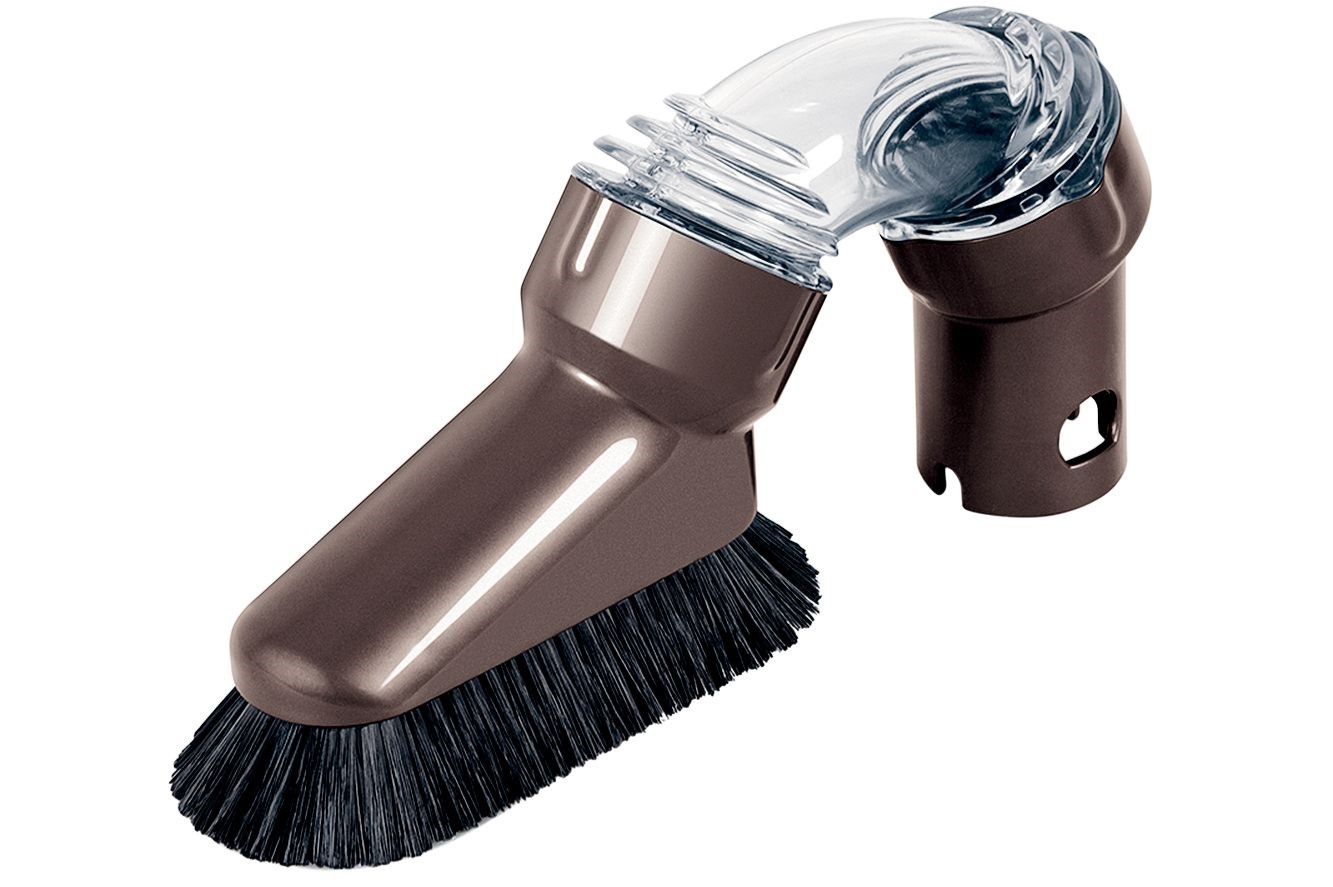
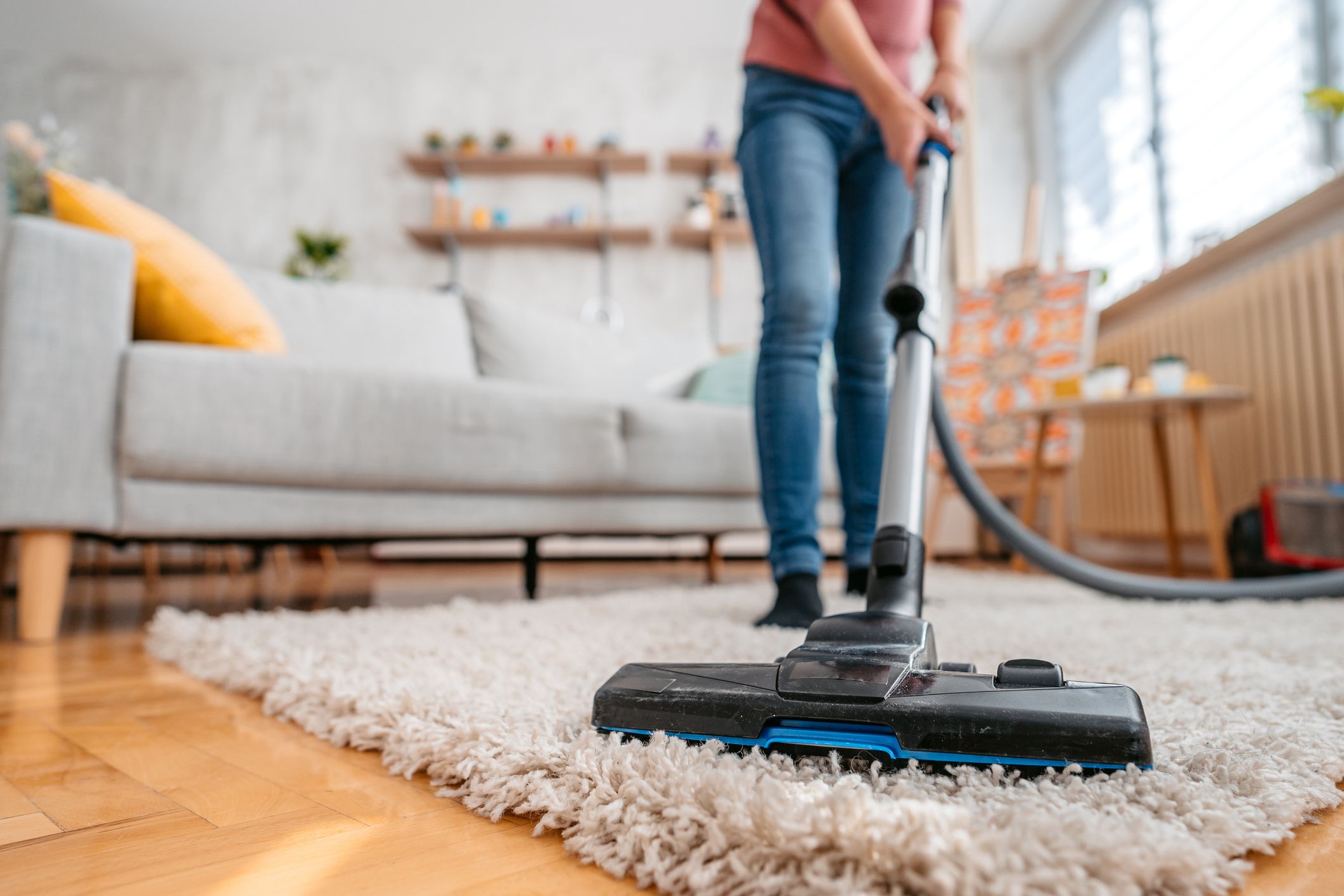
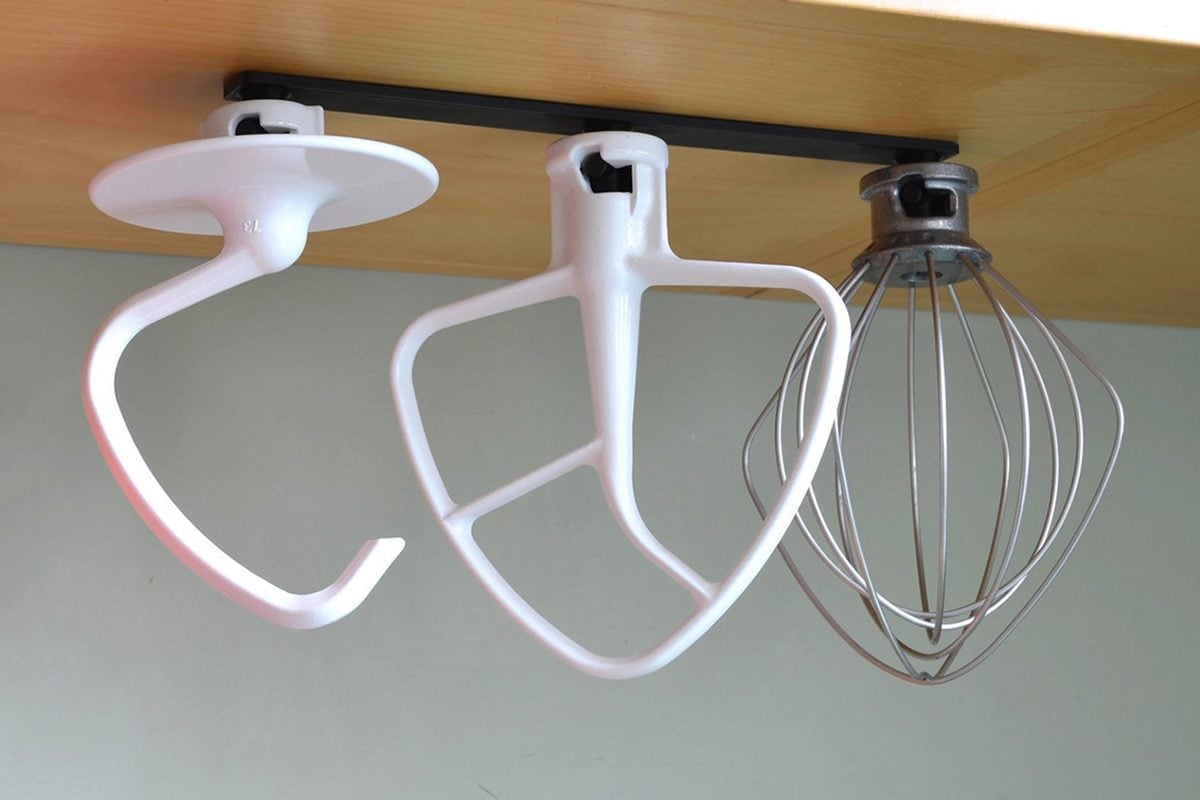
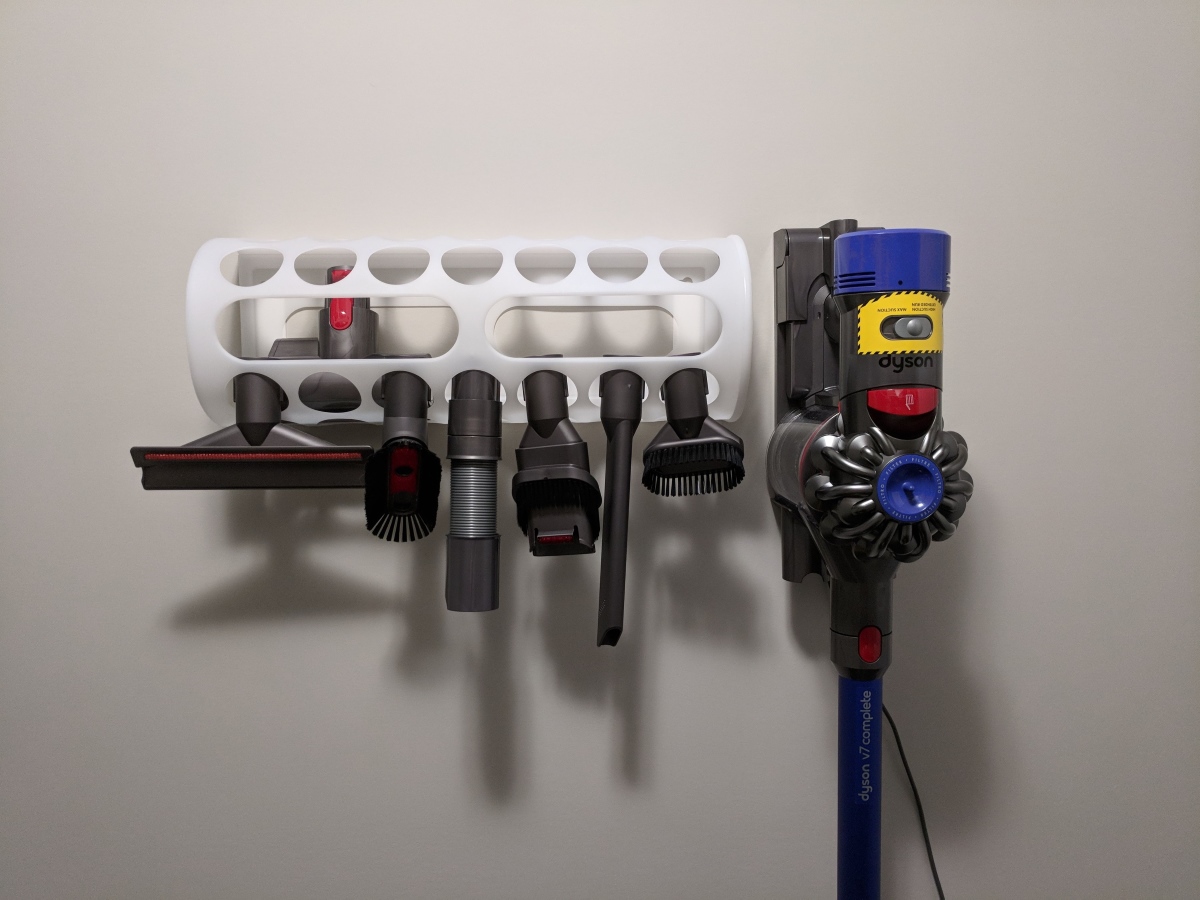
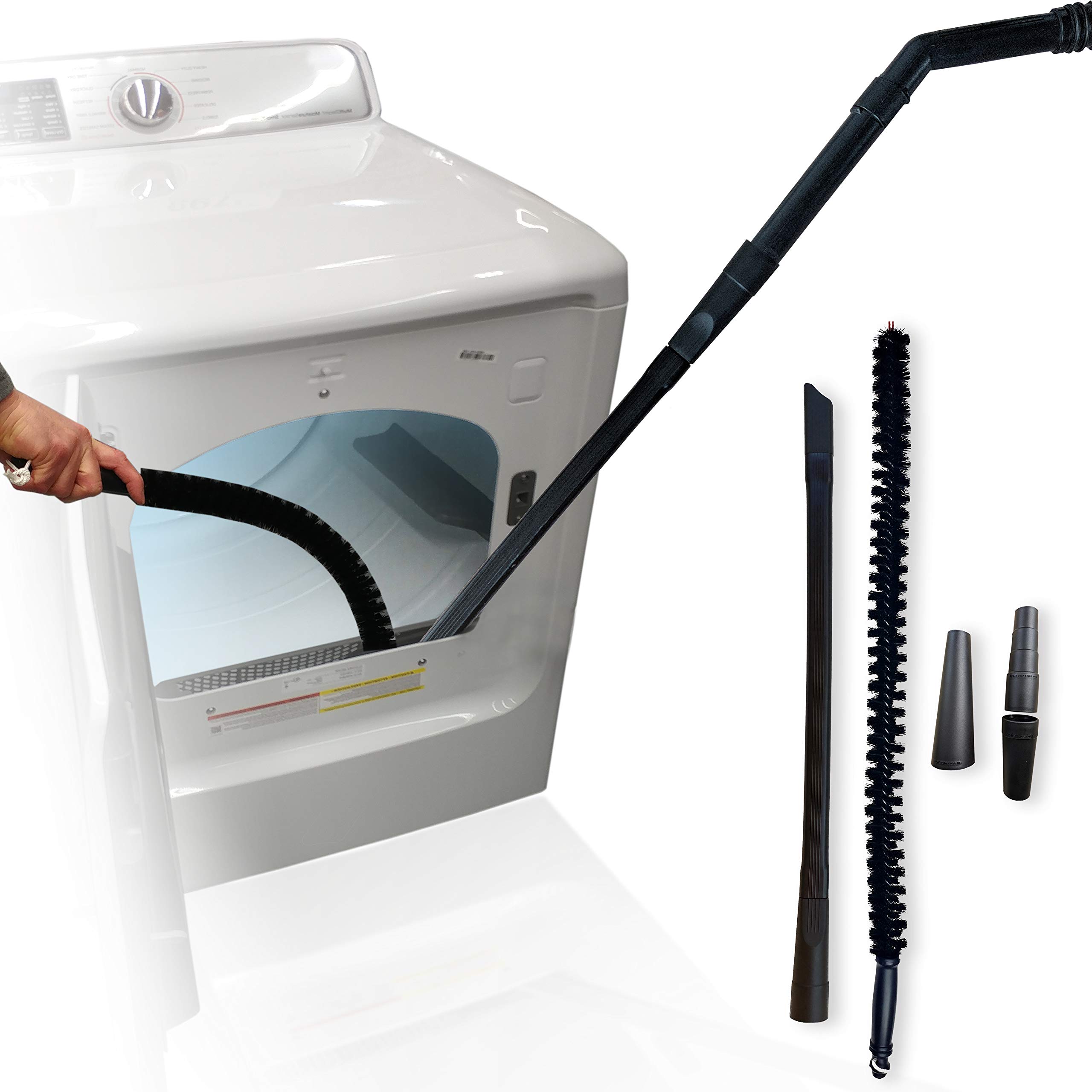
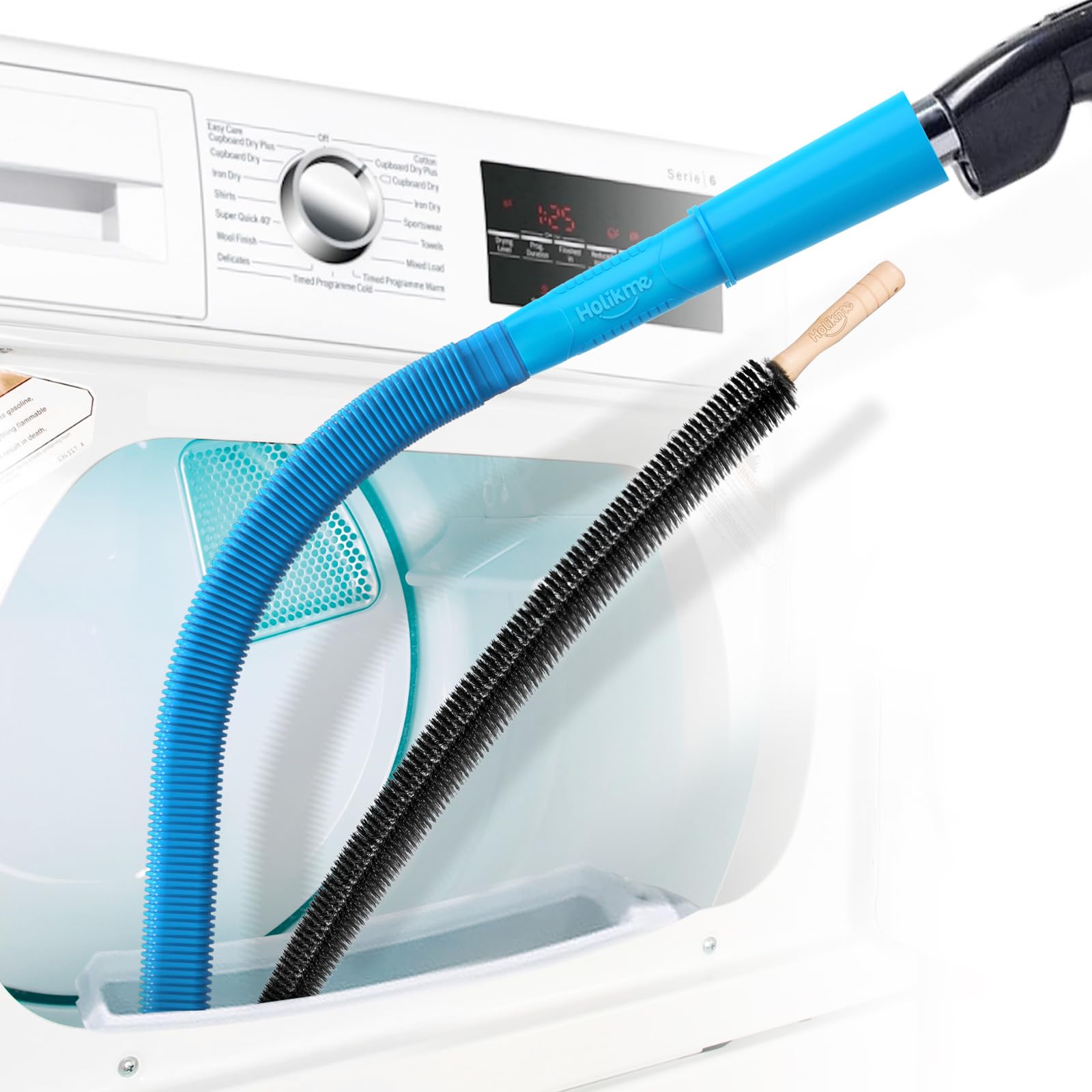
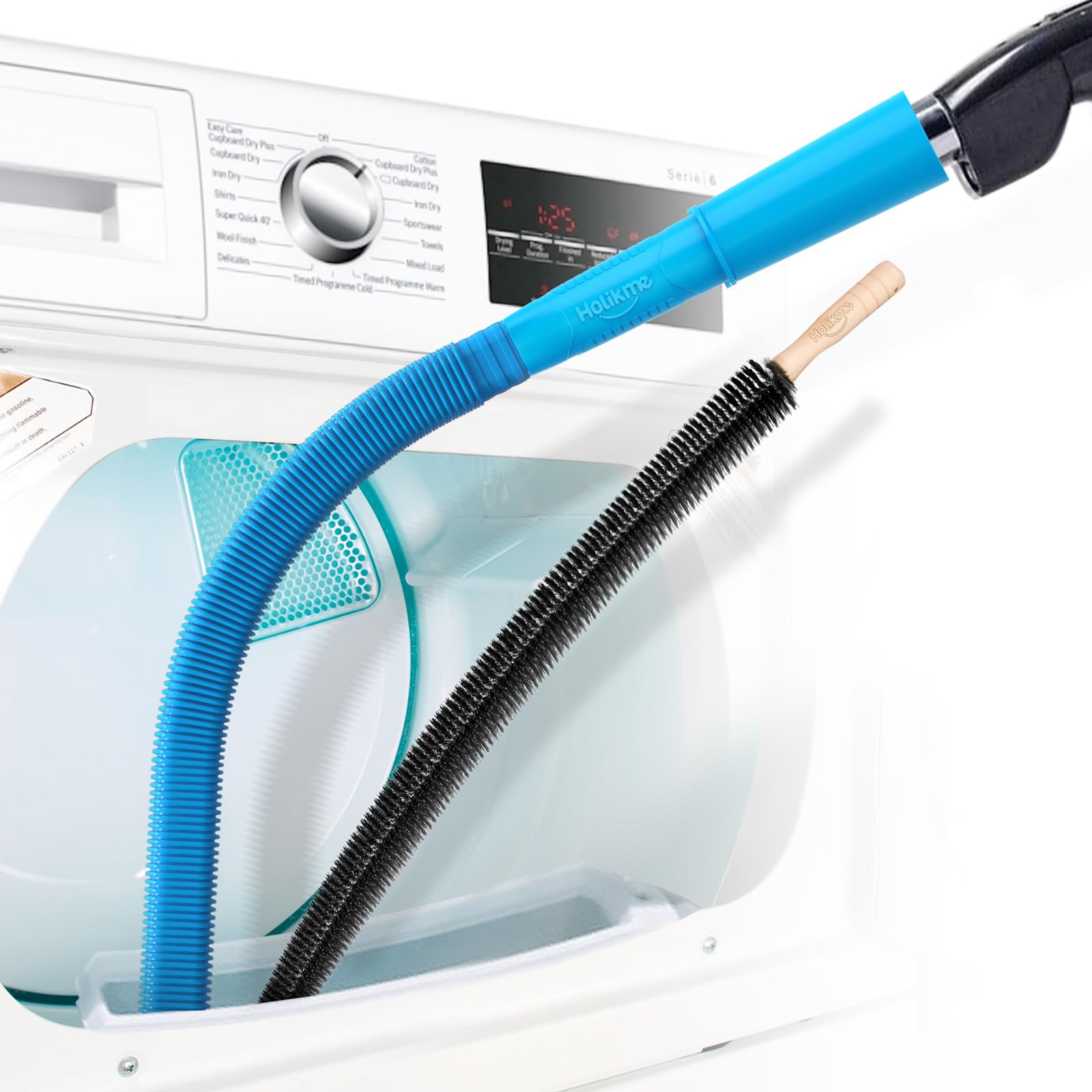
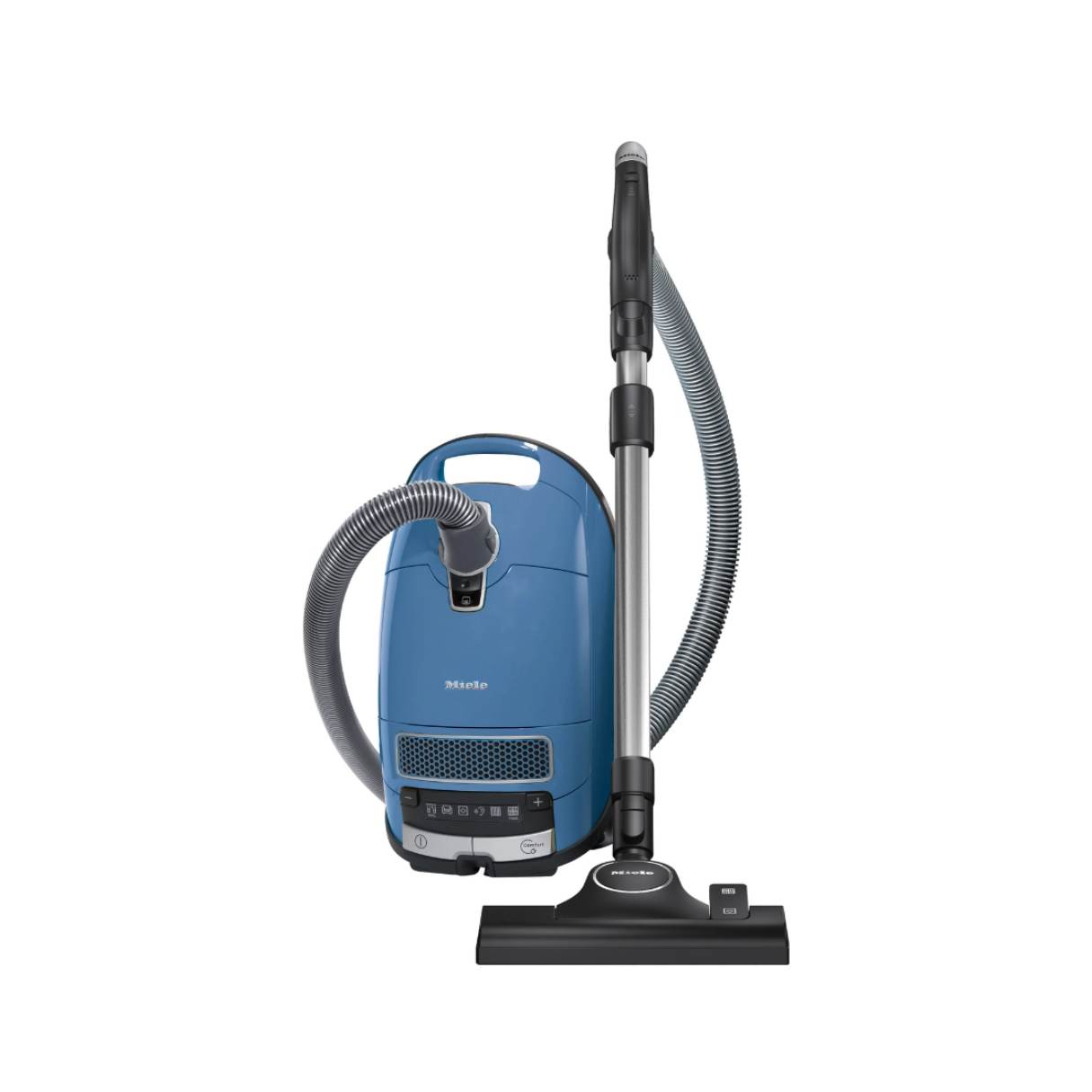
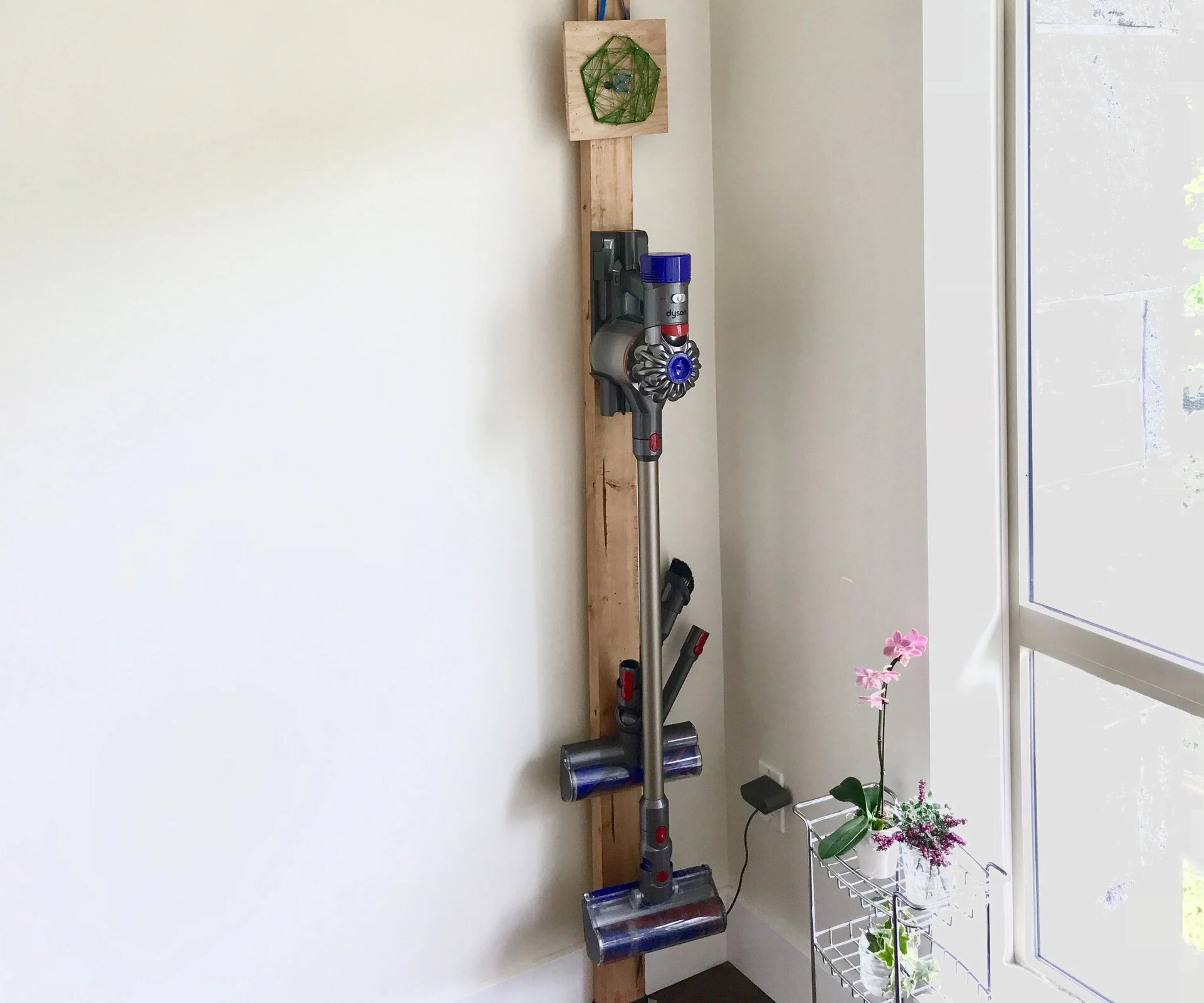
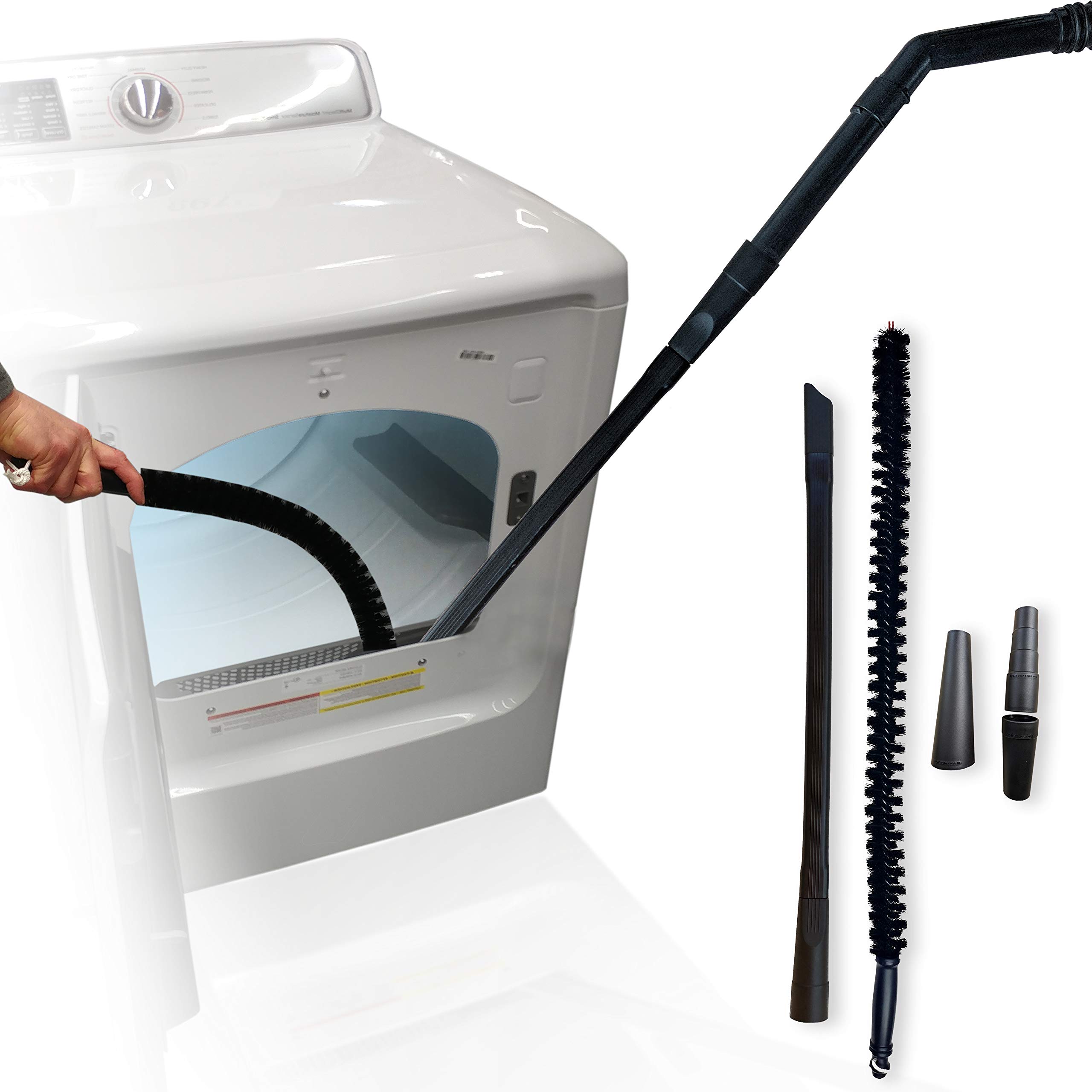
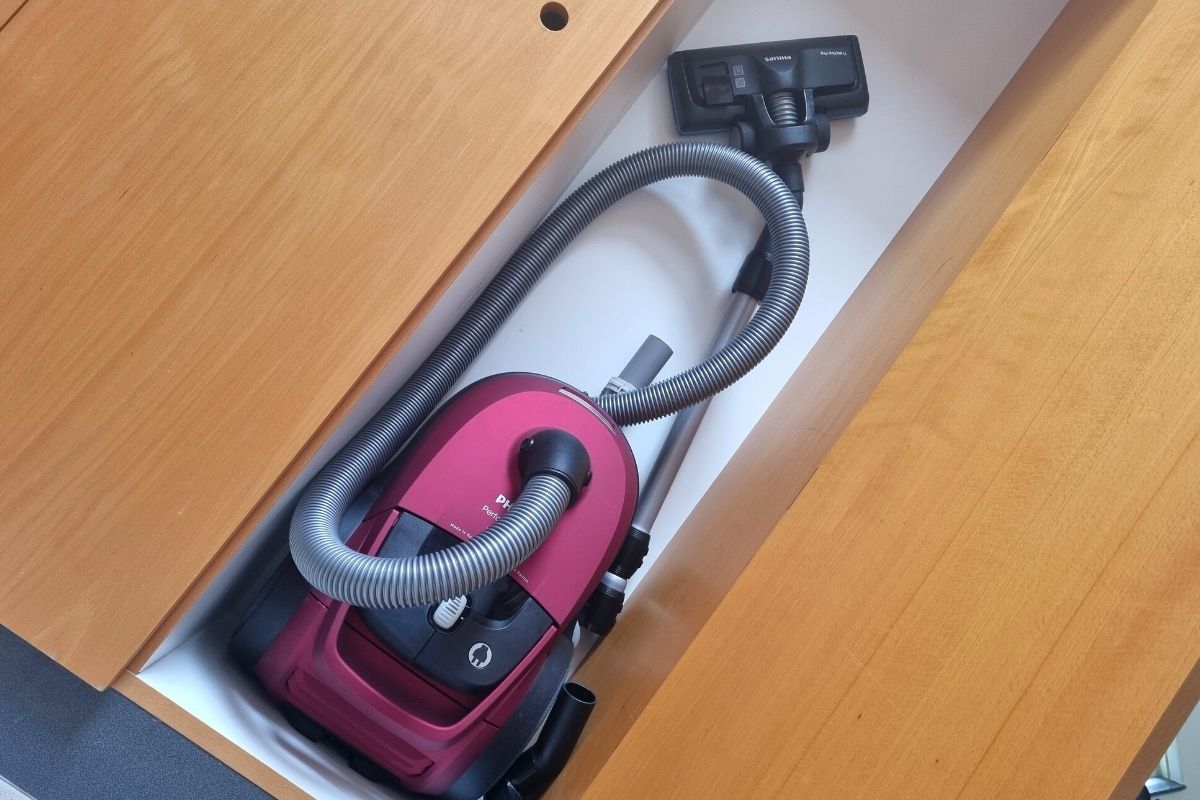
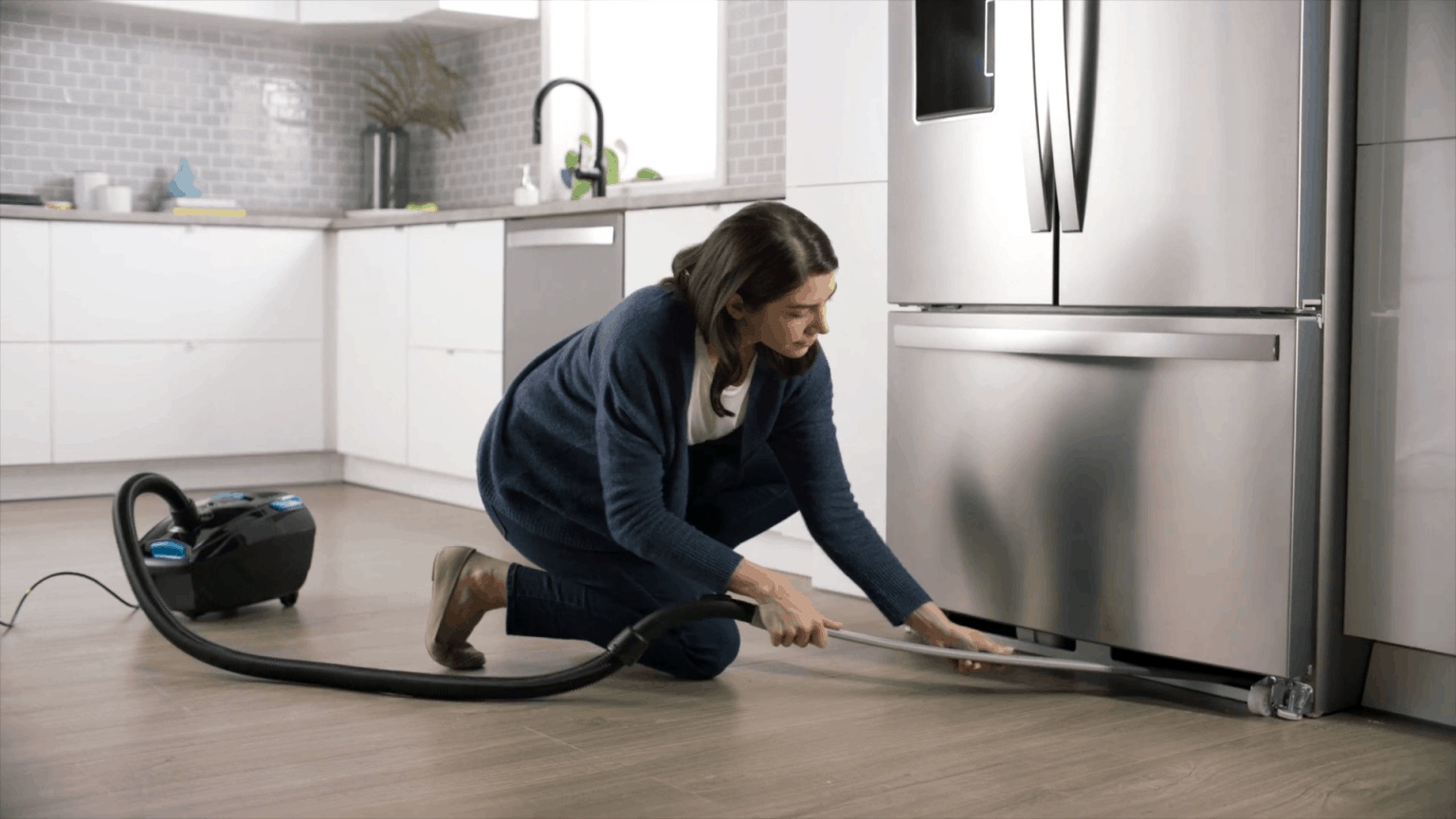
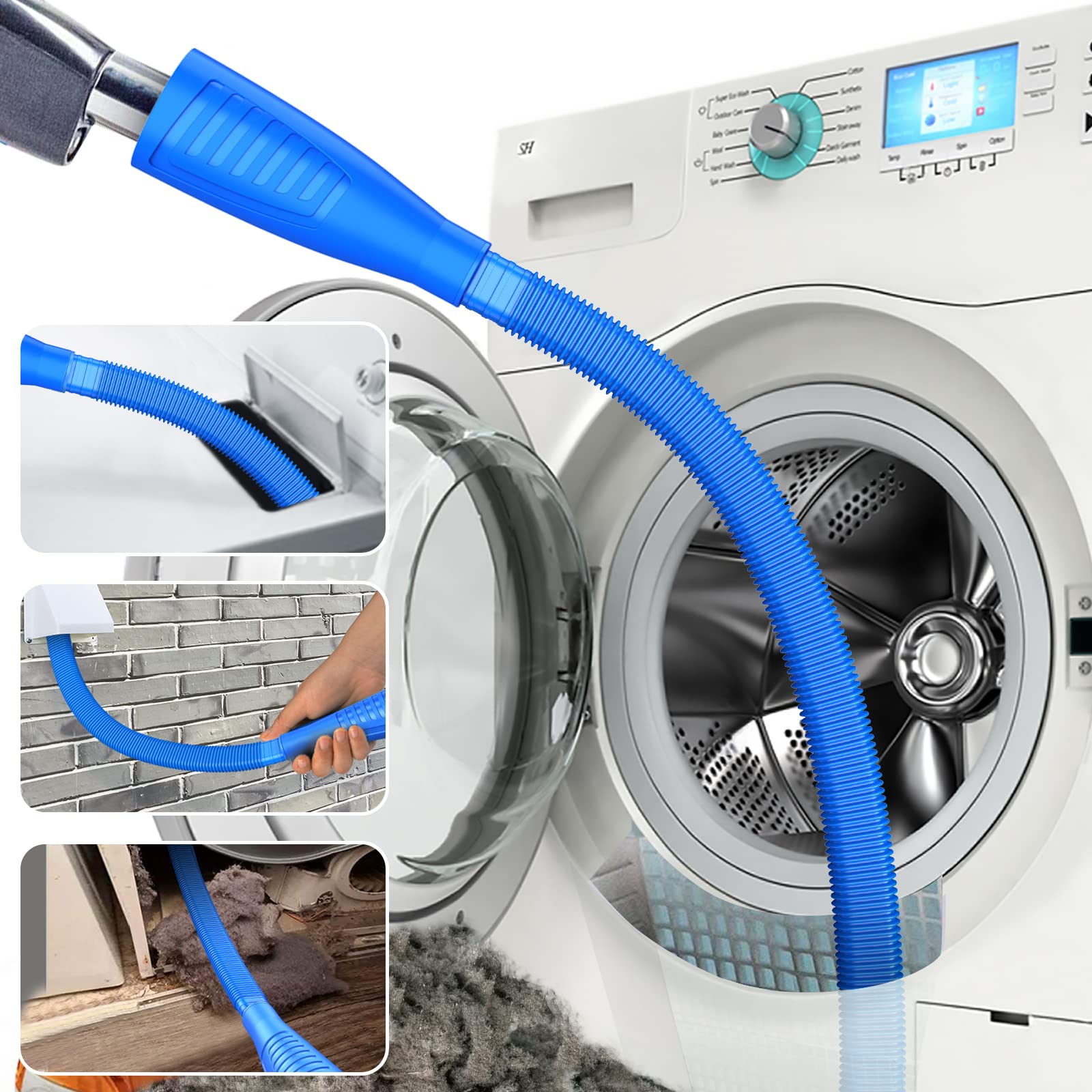

0 thoughts on “How To Store Vacuum Attachments”